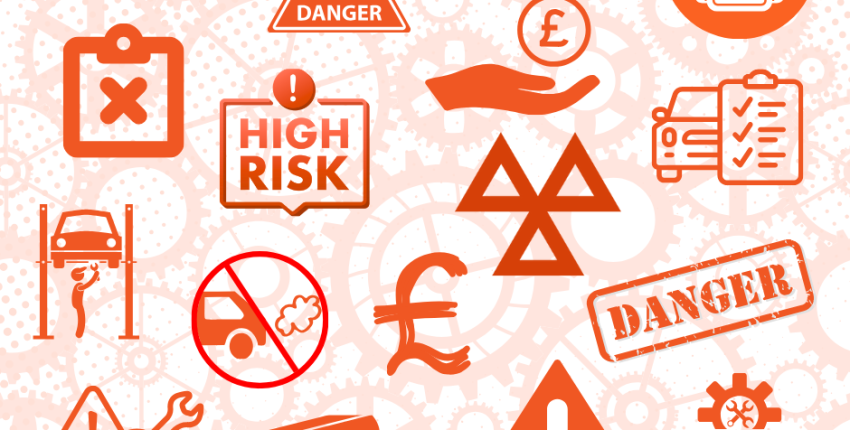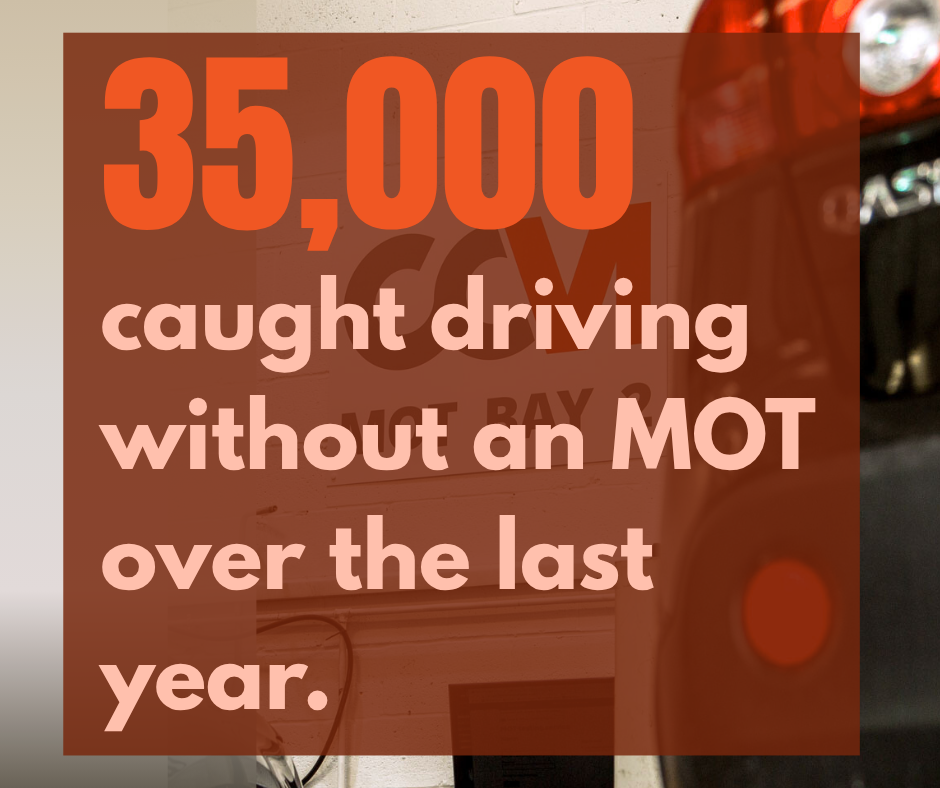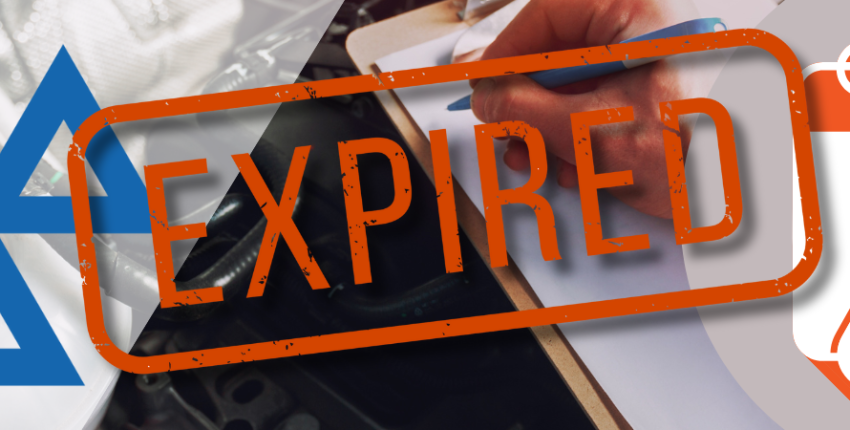

UK drivers have been hit with fines totalling over £3.5 million in the last year alone for driving without a valid MOT.

New research reveals that almost 35,000 motorists were caught without a valid MOT test certificate in this period, highlighting a worrying trend of ignoring this fundamental legal and safety requirement.
An analysis of police data by Select Car Leasing shows that the MOT test is far from a simple administrative chore—it’s a critical safety check that too many drivers are overlooking.
The True Cost of Forgetting Your MOT
For most drivers caught without a valid MOT certificate, the penalty is a minimum:
- A £100 Fixed Penalty Notice (FPN)
- Three penalty points on your license.
However, if your car is stopped and deemed to be in a dangerous condition, the consequences escalate dramatically. These serious cases are referred to court and can result in:
- Fines of up to £2,500
- Possible disqualification from driving.
The sheer scale of the issue is clear, 34,489 drivers were issued FPNs in the past year, resulting in a total fine bill exceeding £3.5 million. In addition, 1,393 of the most serious cases were sent to court.
Why the MOT is Not Optional
The test is in place for one key reason: to ensure your vehicle meets strict safety and environmental standards covering essential components.
Without this annual check (once your car is three years old), you have no real way of knowing if your vehicle is safe.
The MOT process looks at both brake performance (efficiency and balance) and the physical condition of all the components. The MOT checks to make sure:
Your brakes are strong enough to stop the car.
Your car stops in a straight line without pulling to one side.
All the parts of the braking system (pads, discs, pipes) are safe and not dangerously worn or damaged.
The MOT test thoroughly checks all mandatory lights on a vehicle to ensure they are working correctly, securely fitted, and correctly aimed.
The MOT tester will check all mandatory lights, switches, and associated components for operation, condition, and colour.
Operation: All lights must illuminate when switched on and work with the correct sequence (e.g., indicators flash, brake lights come on when the pedal is pressed).
Condition: Lenses must not be damaged, cracked, or missing to the point where they affect light output or colour. The light unit must be securely attached to the vehicle.
Colour: Each light must be the correct colour as required by law (e.g., indicators must be amber, rear lights red, and reversing lights white).
The MOT test examines a vehicle’s tyres to ensure they are safe, legal, and correctly fitted to the wheels. Tyres are a crucial safety item, and many failures are due to simple, preventable issues.
Primarily the MOT tester will focus on:
Having enough tread depth to grip the road legally.
Being free from dangerous damage like bulges or deep cuts.
Being correctly fitted and compatible with the car.
The MOT test examines a vehicle’s suspension system to ensure it is safe, structurally sound, and operating correctly. Suspension is vital for steering stability, handling, and comfort.
An MOT failure often occurs because of:
A broken coil spring.
A significant fluid leak from a shock absorber.
Excessive play in suspension bushes or ball joints.
Corrosion in a critical load-bearing area of the suspension component or its mounting.
The MOT test examines a vehicle’s exhaust system for three main things: security, condition (leaks and corrosion), and noise levels, as well as checking the emissions coming out of the exhaust pipe.
In short, the MOT ensures your exhaust is attached firmly, not leaking dangerous gases, and that your car’s emissions are low enough not to harm the environment or break the law.
How Are Drivers Getting Caught?
Forgetfulness is a costly mistake, and the authorities have several ways to catch drivers without a valid MOT…

ANPR Cameras
Automatic Number Plate Recognition (ANPR) cameras can scan your licence plate and instantly cross-check it against the DVLA database. This can lead to an automatic fixed penalty notice being sent to you by post.

Police Checks
Police officers routinely run MOT checks when they stop a vehicle.

Cross-Checking Records
The DVLA and DVSA constantly cross-check MOT records with tax and insurance databases. If your MOT expires, you might receive an automatic warning letter or a fine notice.

Garage Reporting
Garages are also mandated to report dangerous cars that lack an MOT.
Where are Most Fines Issued?
The problem is widespread, but some areas reported a far higher number of offences than others. London’s Metropolitan Police recorded the highest number of fines by a huge margin, citing 10,978 motorists.

Never Forget Again Get a Reminder!
While most fines are likely due to genuine forgetfulness rather than wilful negligence, the responsibility remains with the driver. If you struggle to remember your renewal date, the simplest way to protect yourself from a fine, points, and driving an unsafe car is to sign up for the DVLA’s free MOT reminder service. This service provides a helpful nudge—either via text or email—about a month before your MOT is due.
At CCM we provide all our customers with both MOT and vehicle service reminders to help you avoid those painful fines!


